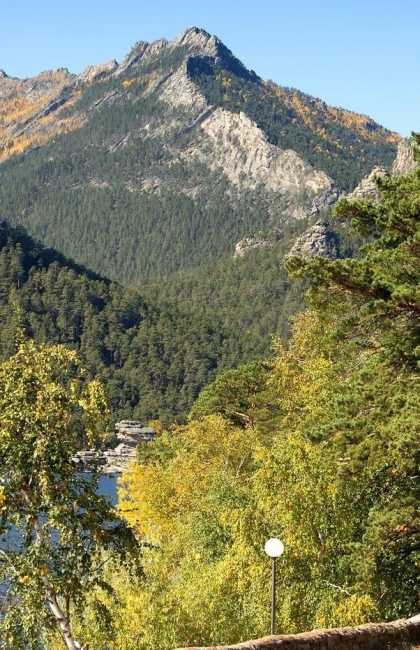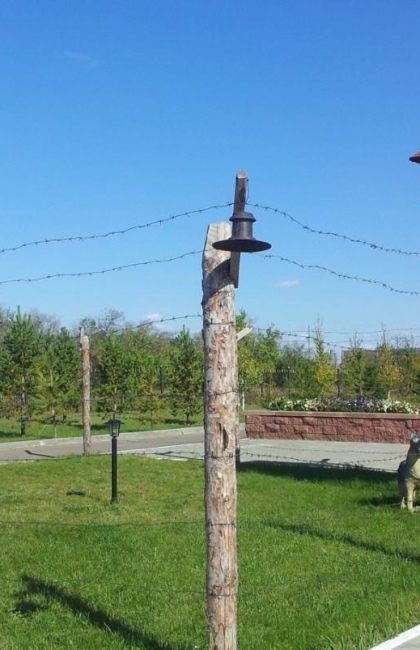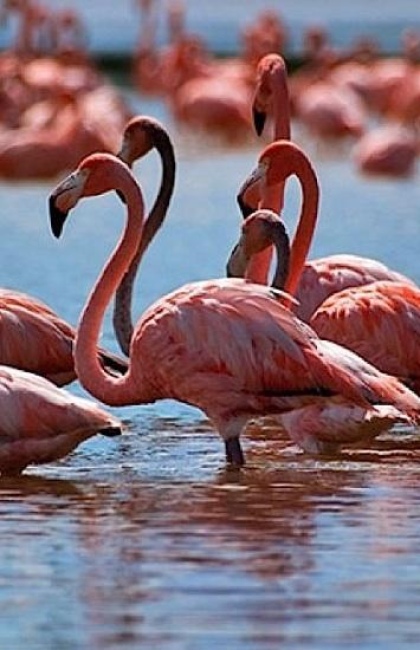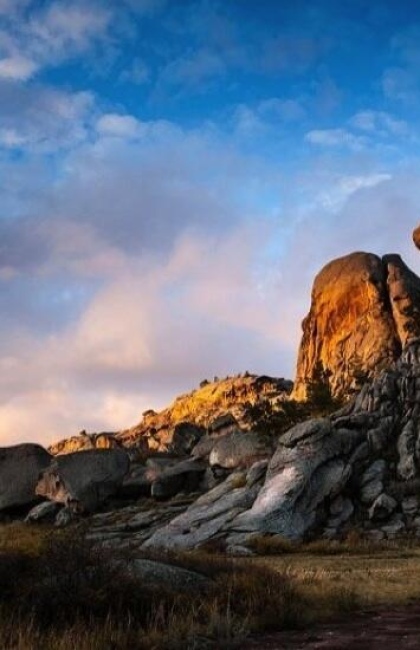Botai-Burabay Museum
Duet of Nature and History
The Burabay (Borovoe) resort area primarily attracts visitors with its natural beauty. The number of vacationers increases yearly, prompting local authorities and private investors to diversify tourist activities. Efforts extend beyond showcasing nature and providing entertainment but also focus on enriching cultural and historical experiences. In recent years, new historical sites have opened, and museums have been restored.
Open-Air Museum
In 2018, the Botai-Burabay open-air museum was opened. This museum is dedicated to the Botai culture, which thrived in northern Kazakhstan from 3700 to 3100 BC. During this period, Stonehenge was under construction, the Sahara transformed from a habitable region into a barren desert, and the Sumerian civilization emerged. The Botai culture holds significant importance not only for Kazakhstan but also globally. According to some researchers, the Botai people were the first to domesticate the horse, significantly accelerating human development.
About the Complex
The Botai-Burabay Museum represents Kazakhstan’s first attempt to recreate dwellings from the Botai era. Covering an area of 600 square meters, it consists of seven buildings modeled after Botai homes. These buildings are interconnected through underground passages, reflecting the lifestyle of ancient inhabitants.
The first building showcases weapons from that era, while the second features tools used by ancient people. The third dwelling illustrates how ancestors made kumiss (a dairy product made from mare’s milk), and the fourth building displays ancient rituals.
Authentic Recreation
The museum's creation was based on scientific research, ensuring detailed accuracy in recreating life from six thousand years ago. It even includes real artifacts from the Botai culture discovered by archaeologists.
The dwellings were constructed using methods identical to those of ancient times. Foundations were pits about 1 meter deep, with domes made of logs covered with grass, moss, and animal skins. Over time, these Botai homes evolved into what we now recognize as yurts.
Visitors will find four wax figures particularly fascinating, representing a tribal leader, a craftsman, a shaman, and a woman preparing kumiss.
It's important to note that the actual Botai settlements were not located at this museum site. They were situated along rivers such as the Tobol, Imanburlyk, Chaglinka, and Turgay in the North Kazakhstan region, approximately 200 km (125 mi) west of the museum.
Future Plans
Thousands of tourists visit Botai-Burabay annually. To attract even more visitors, plans are underway to build houses representing other significant historical periods nearby.
Botai-Burabay offers an engaging experience for everyone. During the summer, the museum can be visited without prior arrangement, with a guide from the Akmola Regional Museum of Local History available. Throughout the rest of the year, visits require advance booking due to the lack of heating and lower demand.
How to get there?
The most convenient way to reach the museum is by car. The complex is located near the Astana-Kokshetau highway, close to the town of Shuchinsk, about 250 km (155 mi) from Astana. To get there, take the Astana-Kokshetau (A-1) highway and head north. Approximately 3 km (1.9 mi) after passing Shuchinsk, you will see a sign for the museum. Turn right at the sign, and you will soon arrive at your destination.
Other tourist attractions near Botai-Burabay Museum:
- Mount Zheke Batyr
- Lake Maloye Chebachye
- Lake Shuchye
- Akylbay Pass
- Mount Kokshetau
- Glade of Abylai Khan
- Mount Burabay




